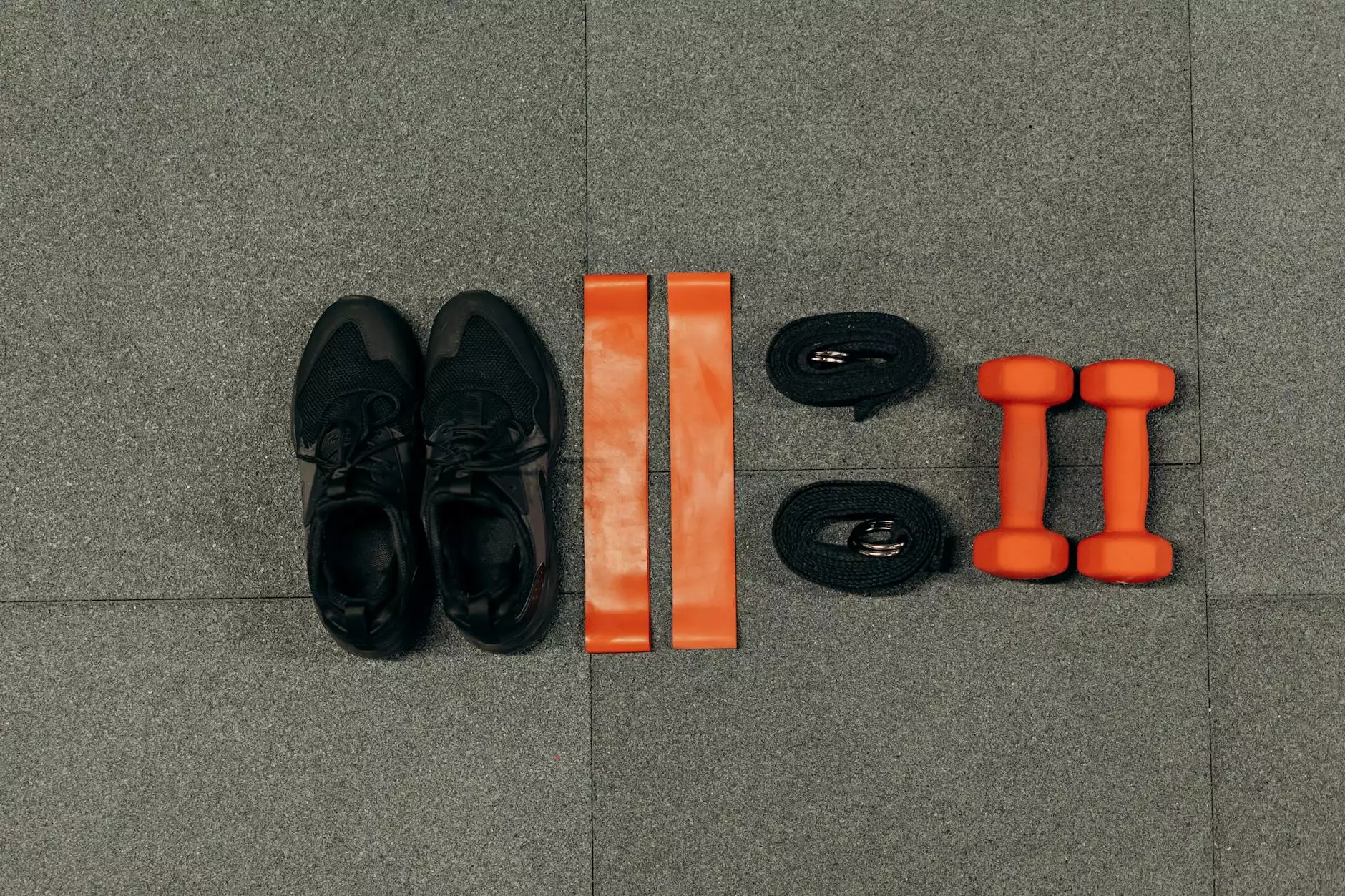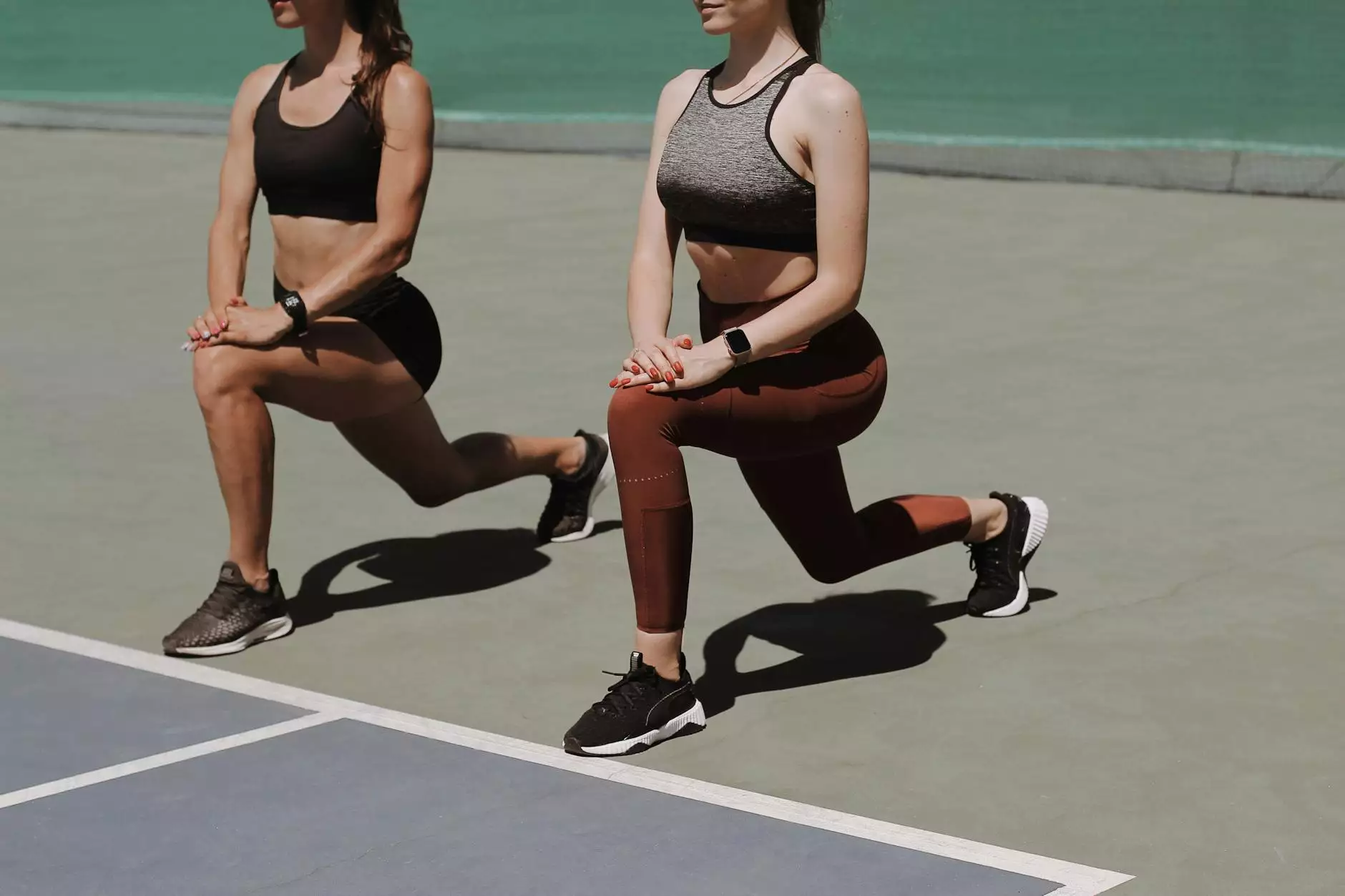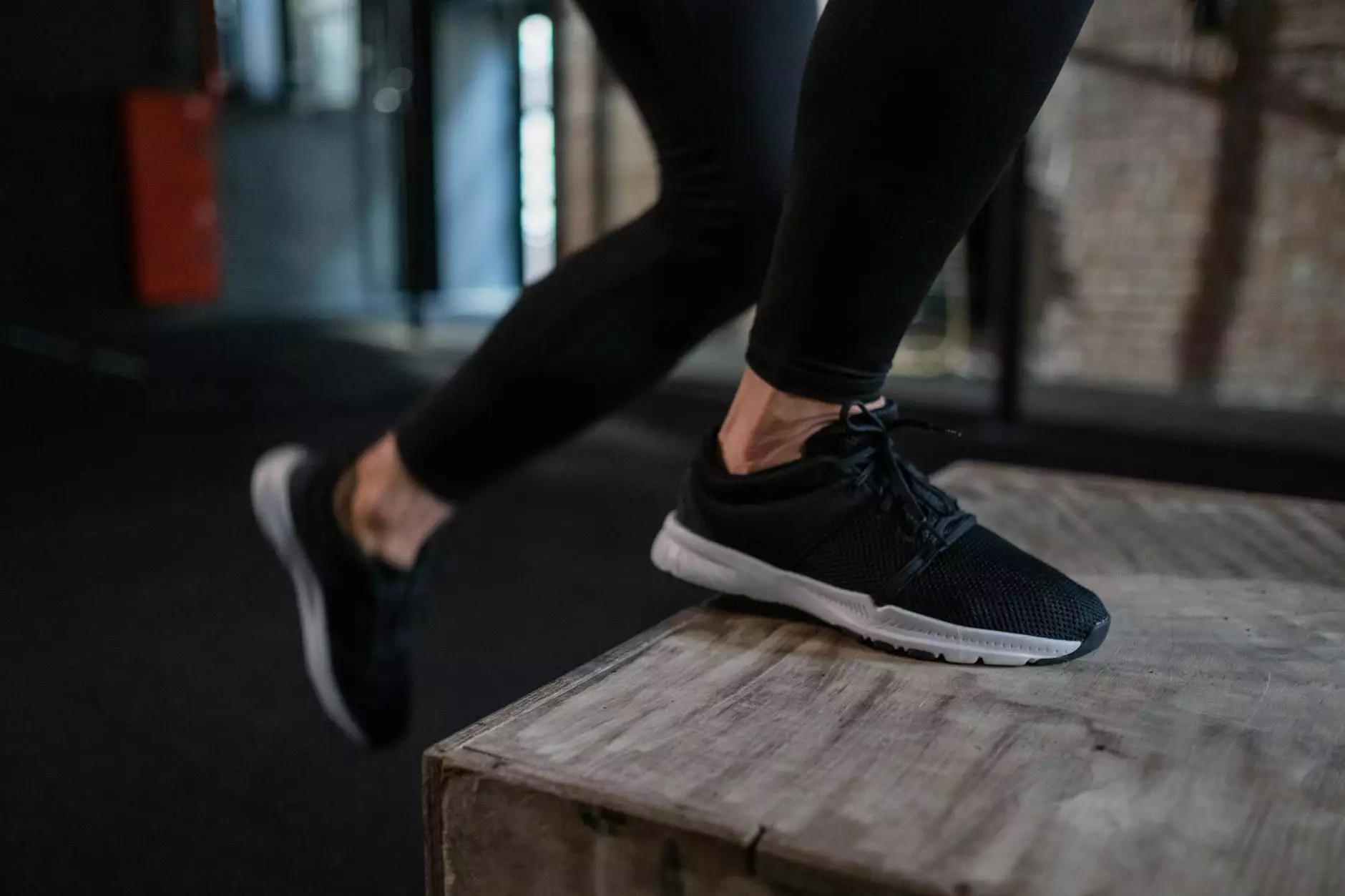What is Overpronation? Watch Video & Read Explanation

Understanding Overpronation
Overpronation is a common biomechanical issue that can affect runners and athletes. It refers to the excessive inward rolling of the foot and ankle during the foot strike and push-off phases of a stride. This pronation movement helps with shock absorption, but when it becomes exaggerated, it can lead to various problems.
The Causes of Overpronation
There are several factors that can contribute to overpronation:
- Genetics: Some individuals are naturally more prone to overpronation due to inherited structural characteristics of their feet and ankles.
- Foot arch type: People with low arches or flat feet often experience overpronation. The lack of arch support can lead to excessive foot rolling.
- Improper footwear: Wearing shoes that offer inadequate support, stability, or cushioning can contribute to overpronation.
- Muscle imbalances: Weak or tight muscles in the feet, ankles, and legs can disrupt natural foot mechanics and increase the risk of overpronation.
The Impact of Overpronation on Running
Overpronation can negatively affect your running performance and increase the risk of injuries. Some common issues associated with overpronation include:
- Pronation-related injuries: Overpronation can lead to problems such as shin splints, plantar fasciitis, Achilles tendonitis, knee pain, and IT band syndrome.
- Reduced stability: Excessive foot rolling can cause instability, impacting your balance and potentially leading to falls or sprained ankles.
- Inefficient stride: Overpronation can disrupt your running gait, leading to an inefficient stride, decreased propulsion, and increased energy expenditure.
Managing Overpronation
If you suspect that you overpronate or have been diagnosed with overpronation, there are several strategies you can implement to manage the condition:
- Proper footwear: Invest in running shoes specifically designed for overpronation. These shoes often feature additional support features, such as arch support, motion control, and cushioning.
- Orthotics: Custom orthotic inserts can provide additional support and help control pronation.
- Strength training: Strengthening the muscles in your feet, ankles, and legs can improve their stability and help prevent excessive pronation.
- Flexibility exercises: Incorporate stretching and mobility exercises to maintain proper range of motion and reduce muscle imbalances.
- Running technique: Work with a running coach to improve your form and technique, ensuring optimal foot strike and push-off angles.
Watch Our Informative Video on Overpronation
At Maroonhelmet.Com, we understand the importance of visual learning. We have created an informative video discussing overpronation, its impact on running, and how to address it. Watch the video below to gain valuable insights:
Your browser does not support the video tag.Conclusion
Overpronation is a common concern for many runners and athletes. Understanding its causes, impact, and effective management strategies is essential for maintaining optimal performance and preventing injuries. At Maroonhelmet.Com, we provide comprehensive information and resources to help you tackle overpronation and improve your running technique. Watch our informative video, follow our expert advice, and take proactive steps towards a healthier and more efficient running experience.










